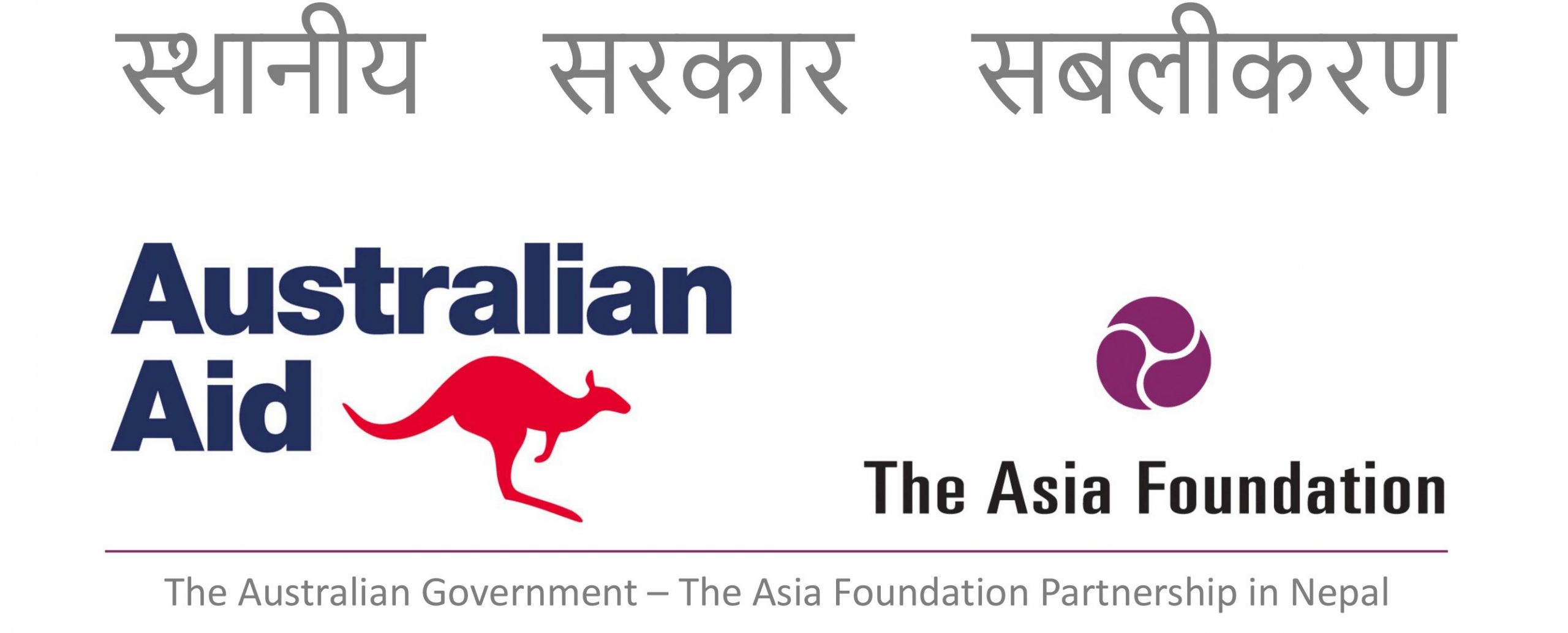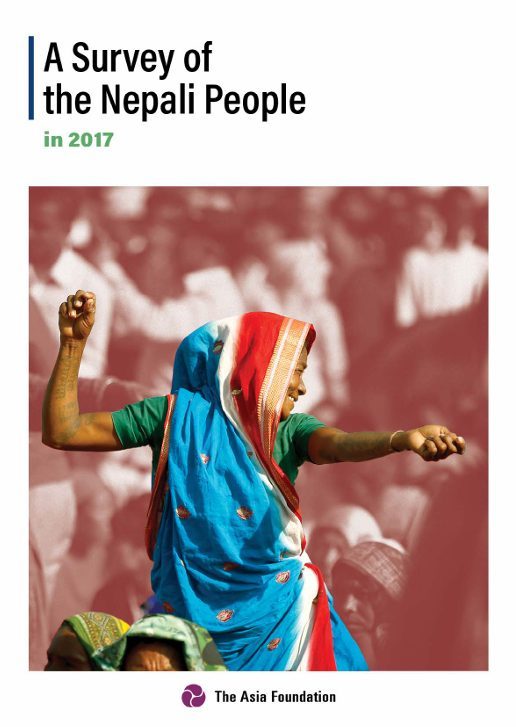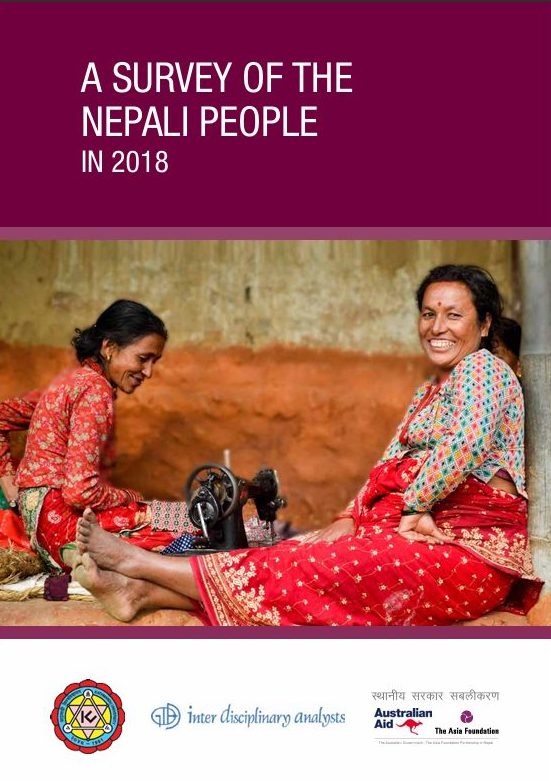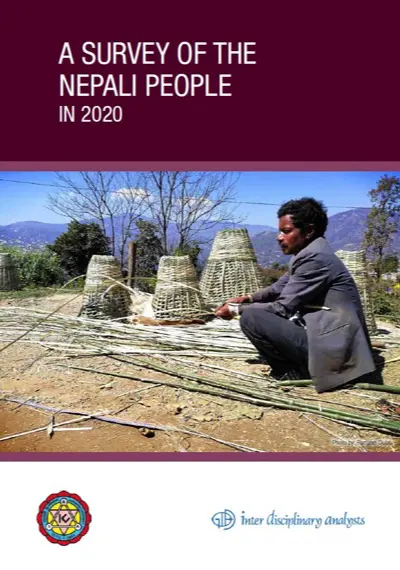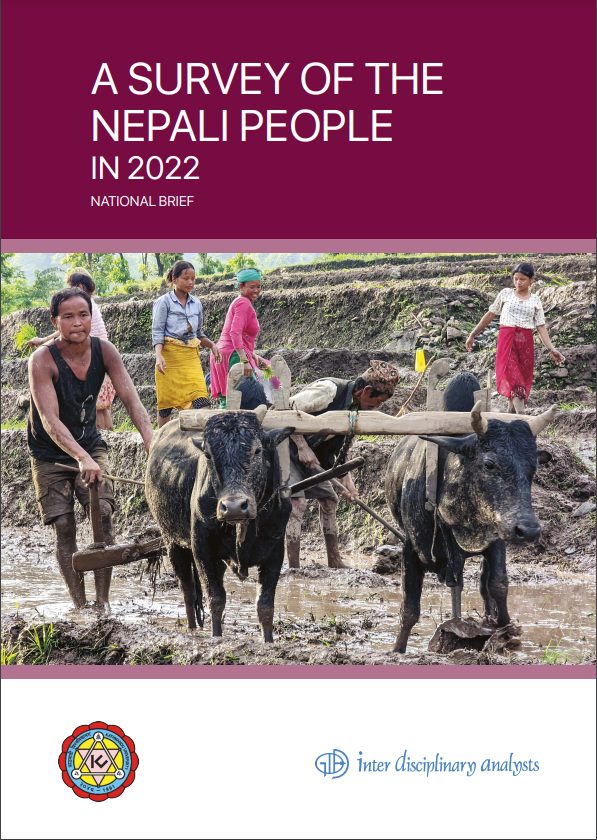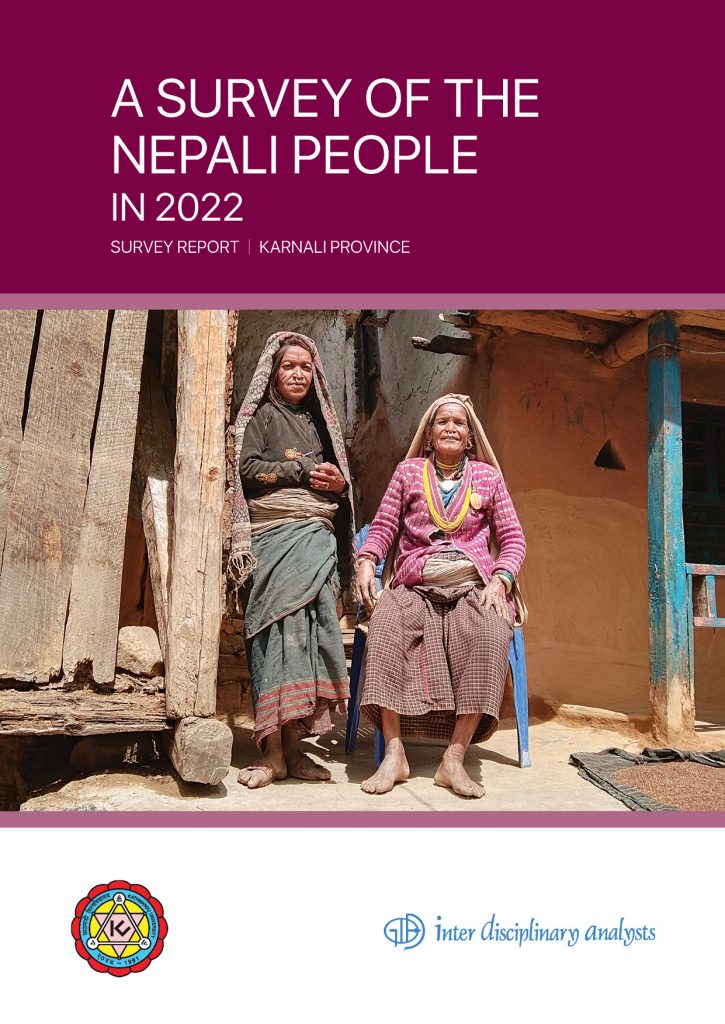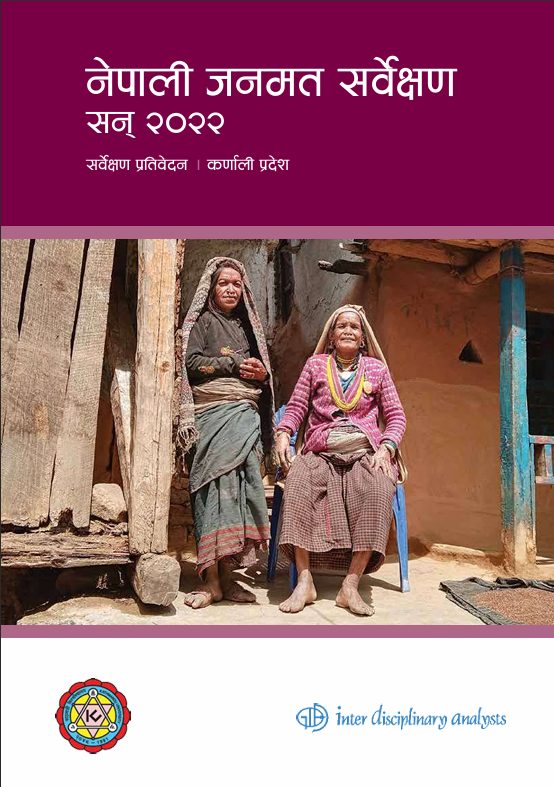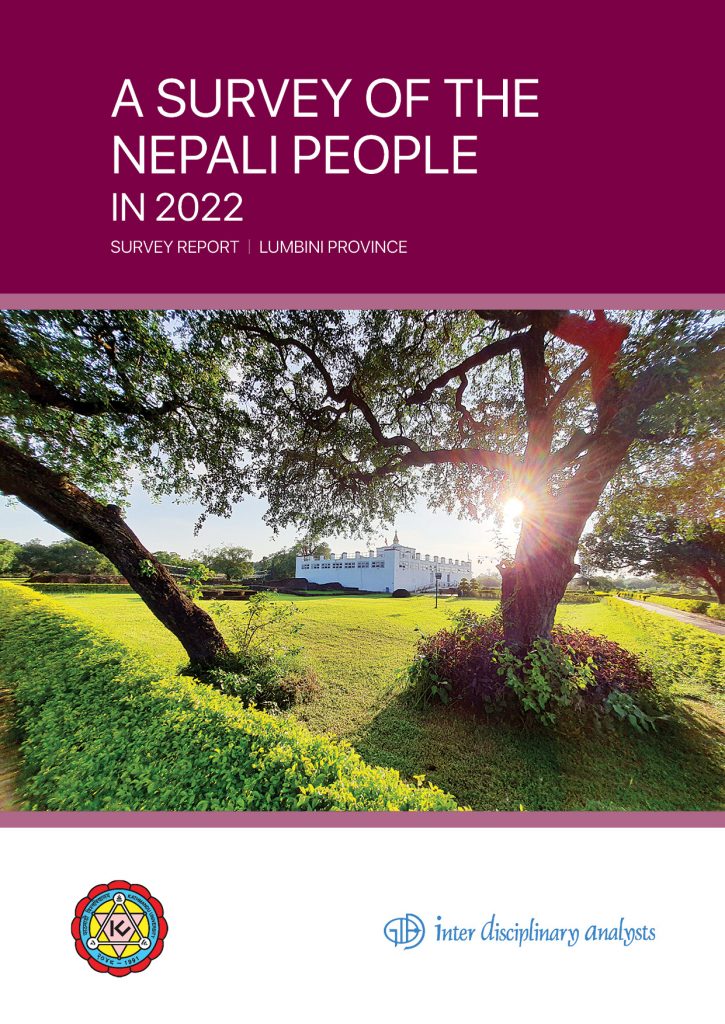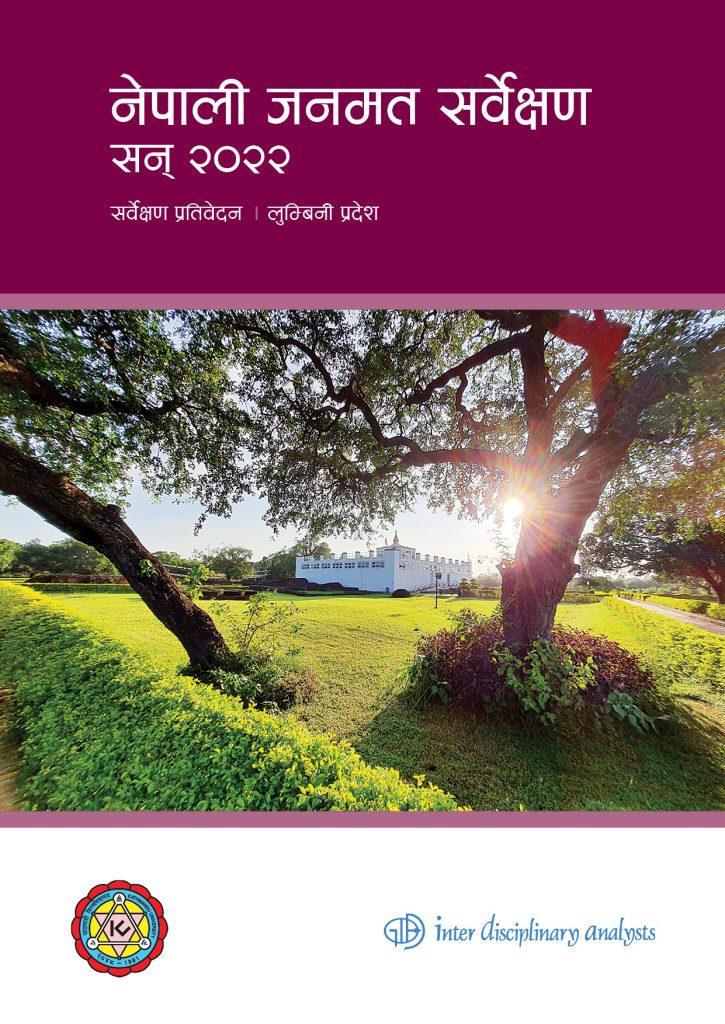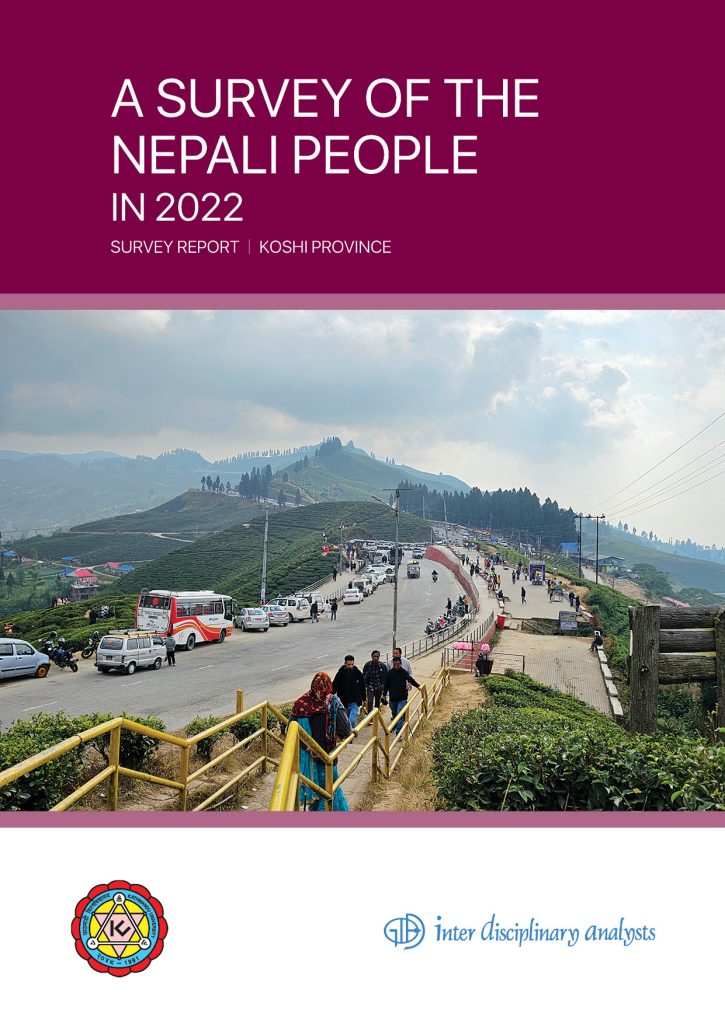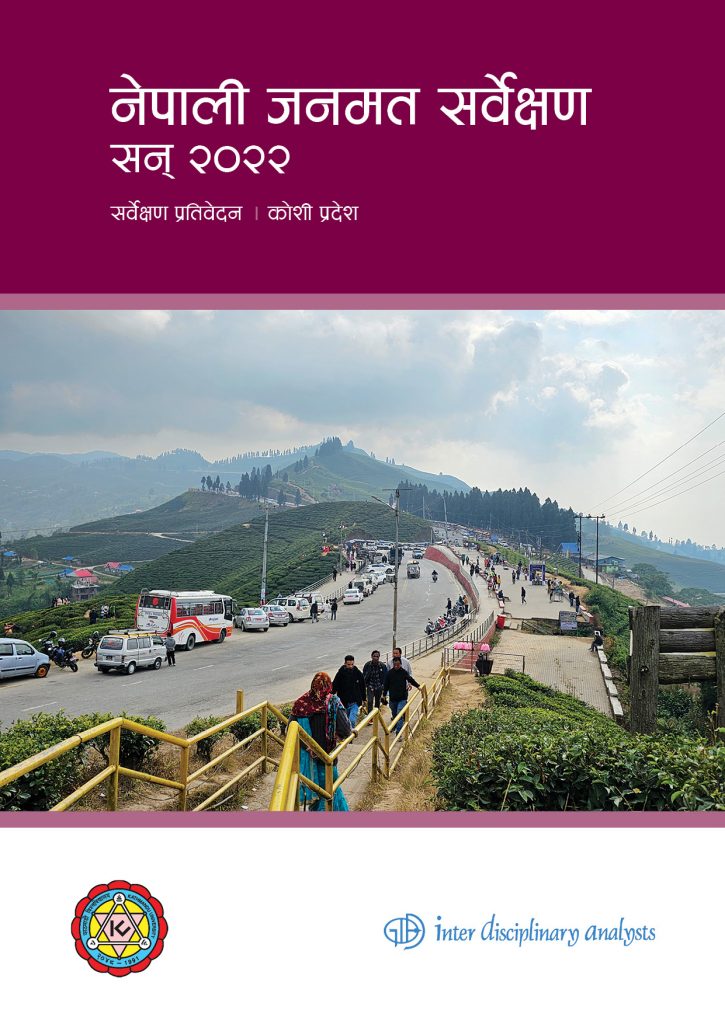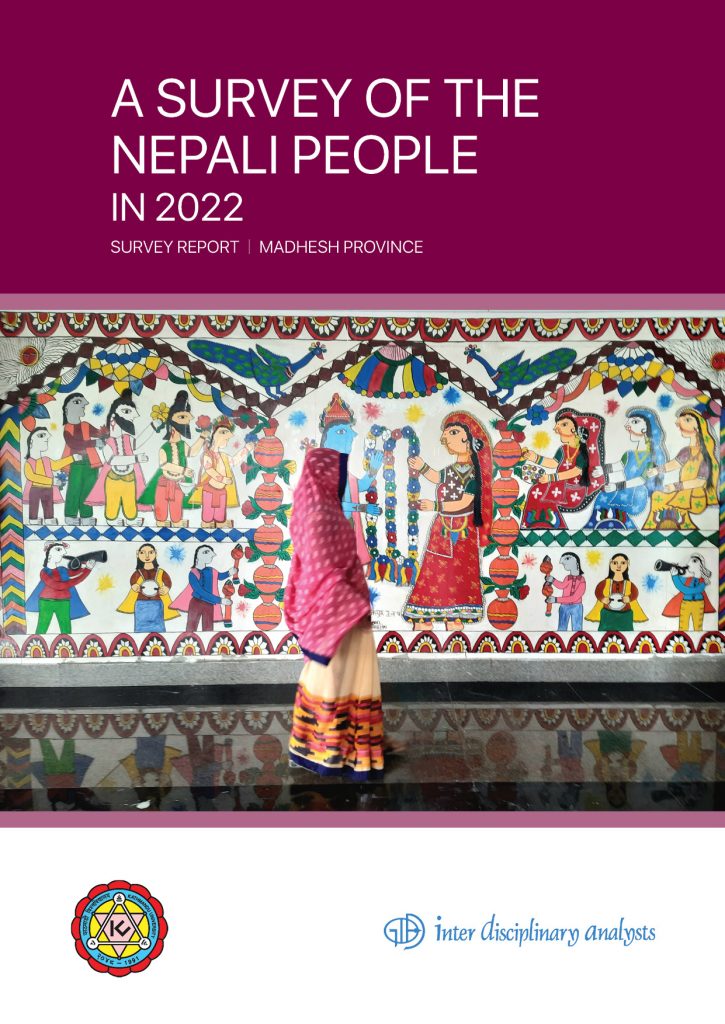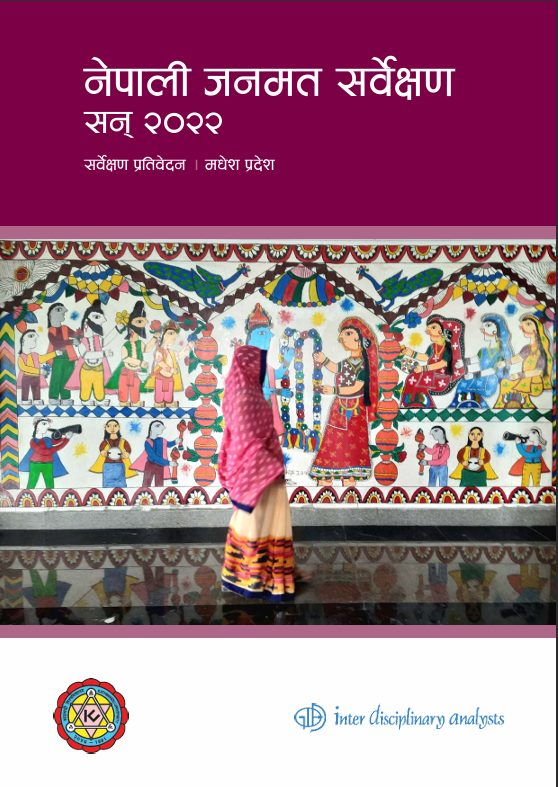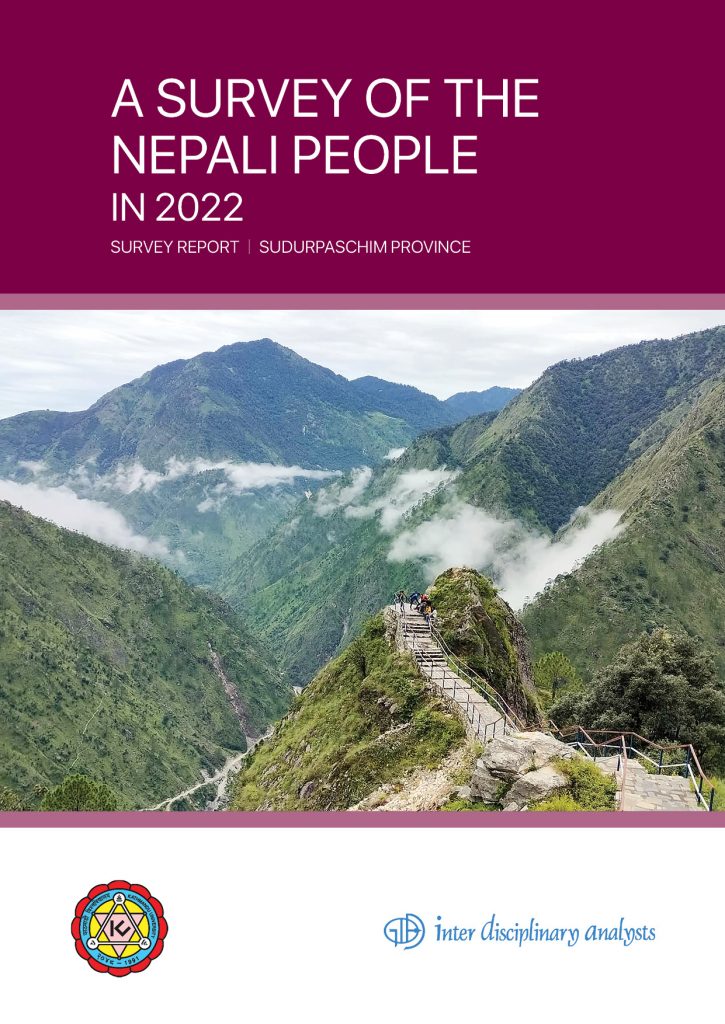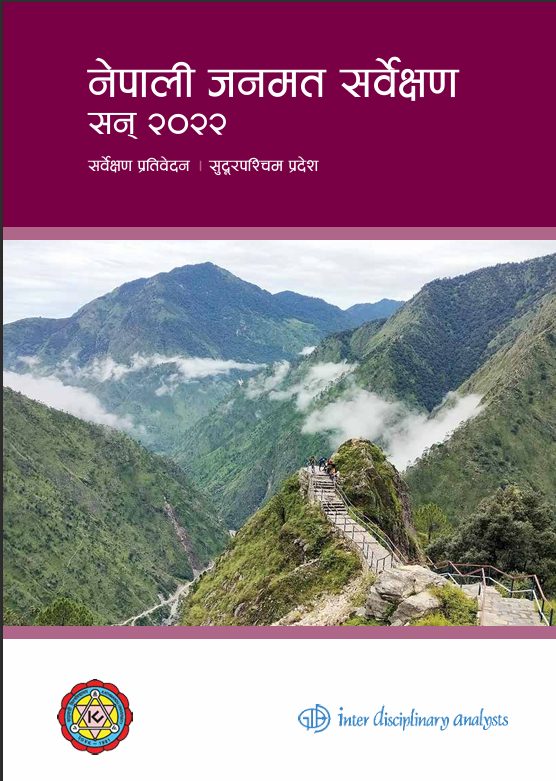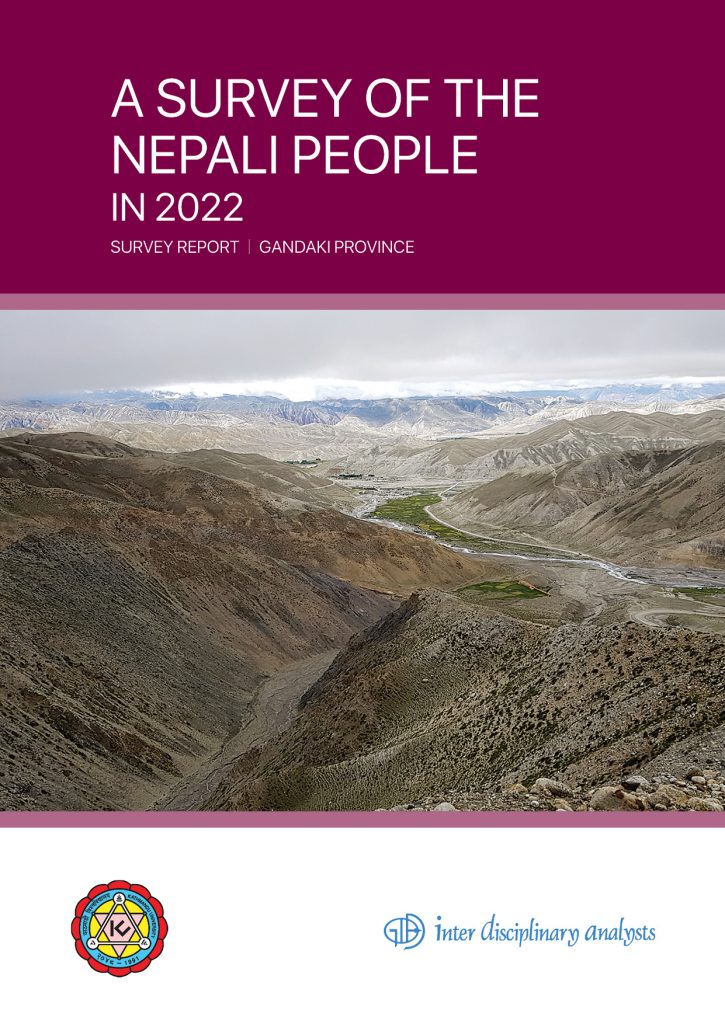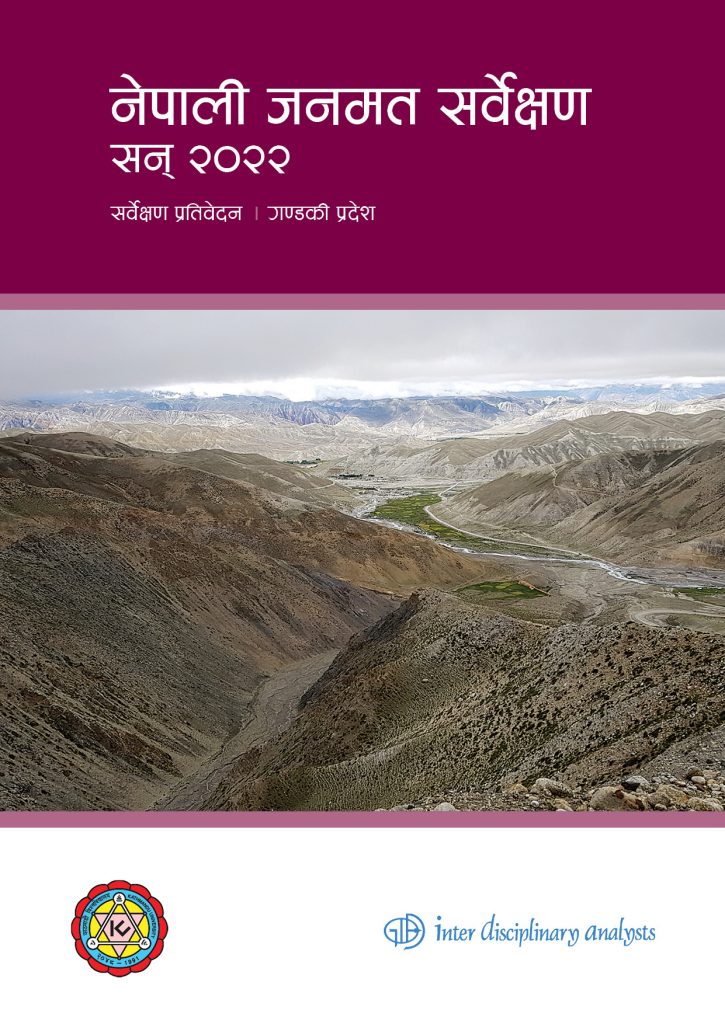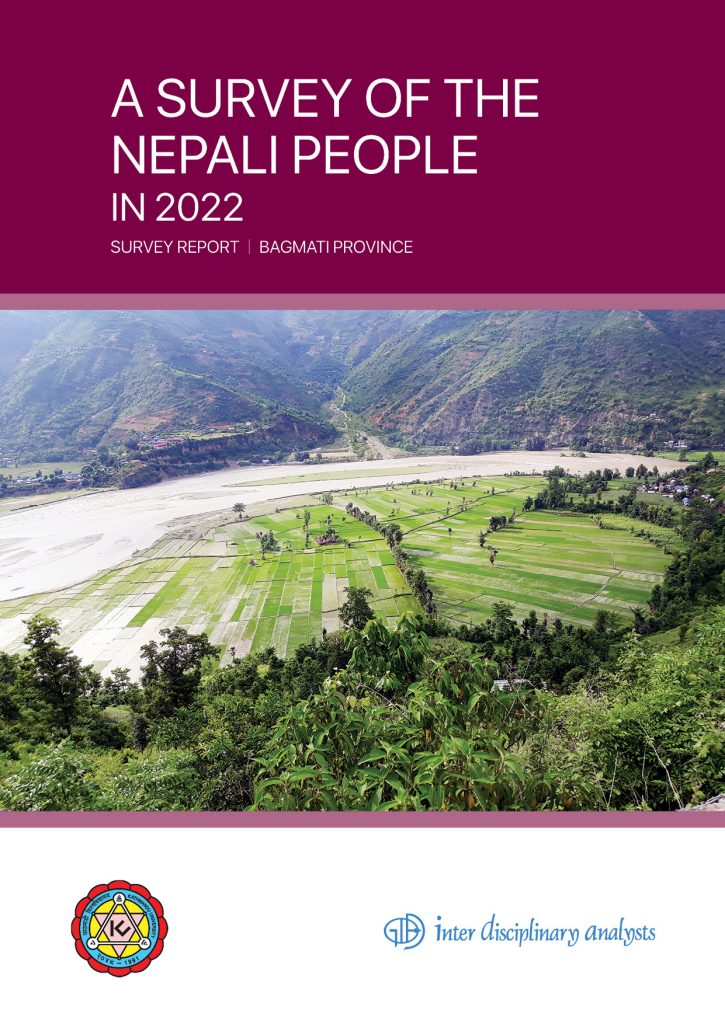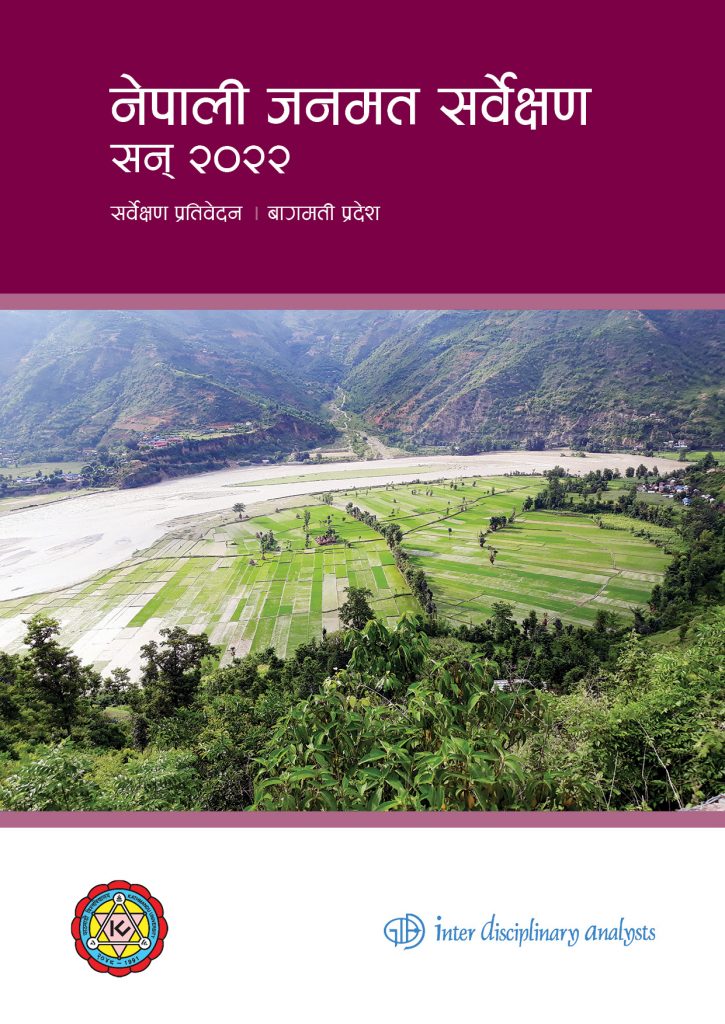As Nepal transitioned to federal governance structure, The Asia Foundation commissioned a series of nationwide survey, A Survey of the Nepali People (SNP), to continuously gauge the public’s perception and experience with the new political system, as well as their trust in institutions, and key social, economic, gender and development issues. The survey series began in 2017 when the first local elections within the new political set-up had just been completed. Subsequent surveys were conducted in 2018, 2020, and 2022. This national survey, which includes around 7000 respondents, is representative of the Nepali population at the national and provincial levels.
A Survey of the Nepali People in 2017
As Nepal transitions to a federal governance structure, The Asia Foundation plans a series of public opinion surveys documenting views of the Nepali people. These surveys will provide data for policymakers and leaders in government, the development community, civil society organizations, and the broader Nepali public.
A Survey of the Nepali People in 2018
Starting from 1990 when the first major political movement restored multiparty democratic system in the country, to 2017 when the elections at all three levels of a new republic and a federally structured country took place, Nepal has gone through unprecedented socio-political changes. When so many path-changing and historical events take place in such a short duration and at such a rapid pace, it is bound to raise expectations of the people at large while at the same time causing some uncertainties and raising concerns about being able to accept the new realities. But change brings new opportunities. It is how one adopts and adapts to the new realities that will determine the success or failure of any transition—especially big and impactful ones. The Nepali people have time and again shown that they are resilient people and are open to changes, big or small, provided that their expectations and aspirations are also met. These are usually about being able to meet basic needs, having better livelihood opportunities, feeling safe and secure, getting services of decent quality, being able to lead a dignified life, and having caring and able leadership, among others.
This volume of A Survey of the Nepali People (previously done in 2017) attempts to capture these very aspects of the people of Nepal, based on their lived experiences in the previous 12 months, and their aspirations and expectations for the days to come.
A Survey of the Nepali People in 2020
This survey presents public perceptions on a number of public concerns surrounding personal security, dispute resolution, good governance, identity politics, economic outlooks, and the country’s overall direction. A Survey of the Nepali People in 2020, is based on a nationally representative sample of 7,060 Nepalis, and is representative of the Nepali population, both at the national and provincial levels. Fieldwork for this survey was conducted in February and March 2020, just before the government of Nepal decided to impose a national lockdown to contain Covid-19. As this survey timeframe captured perceptions of Nepalis just before the influence and impacts of Covid-19 in the country, the survey can also serve as a baseline for future research, comparing the national mood before and after the national lockdown.
The overall message from the survey’s findings is that Nepal is stabilizing and federalism is gradually being implemented. About two-thirds of Nepalis believe that the country is heading towards the right direction. Opinions on social, cultural, political, economic, and infrastructural conditions are broadly favorable, indicating that national optimism was trending upwards.
More than four-fifths of Nepalis stated that there were no security problems or threats to their personal safety in their locality. There was also a sharp increase in the number of Nepalis willing to choose elected representatives over other mechanisms for dispute resolutions. Production of the this survey was led by Kathmandu University School of Arts, and supported by Inter-Disciplinary Analysts for field work and data collection.
A Survey of the Nepali People from 2020 to 2022
A Survey of the Nepali People in 2022 is based on a nationally representative sample of 7,056 Nepalis randomly selected from 588 wards across all seven provinces. The findings are representative both at the national and provincial levels. This survey attempts to gauge Nepalis’ views on the country’s direction, the situation of their household, local conditions, security, identity, social relations, governance, public service delivery, elections, political participation, economic outlook, and the socioeconomic impact of Covid-19. Fieldwork for this survey was conducted from July 19 to August 25, 2022, immediately after the local elections of 2022 and for the first time after Covid-19.
Contrary to earlier rounds, survey findings in 2022 depict a less optimistic outlook on the country’s direction, economic conditions, political participation, and governance. The number of Nepalis who think the country is moving in the right direction is at its lowest point. The socioeconomic impact of Covid-19 on the country and individual households is quite evident in the survey results, and people expect support from the government to aid their recovery.
Despite lower levels of optimism, survey data indicates slightly favorable opinions about local areas and governments. Respondents have more trust in local government than in federal and provincial governments. Likewise, more than half of respondents reported being satisfied with services delivered by the local government.
Kathmandu University School of Arts led the survey in coordination with Interdisciplinary Analysts and The Asia Foundation.
The overall message from the survey’s findings is that Nepal is stabilizing and federalism is gradually being implemented. About two-thirds of Nepalis believe that the country is heading towards the right direction. Opinions on social, cultural, political, economic, and infrastructural conditions are broadly favorable, indicating that national optimism was trending upwards. More than four-fifths of Nepalis stated that there were no security problems or threats to their personal safety in their locality. There was also a sharp increase in the number of Nepalis willing to choose elected representatives over other mechanisms for dispute resolutions. Production of the this survey was led by Kathmandu University School of Arts, and supported by Inter-Disciplinary Analysts for field work and data collection.
